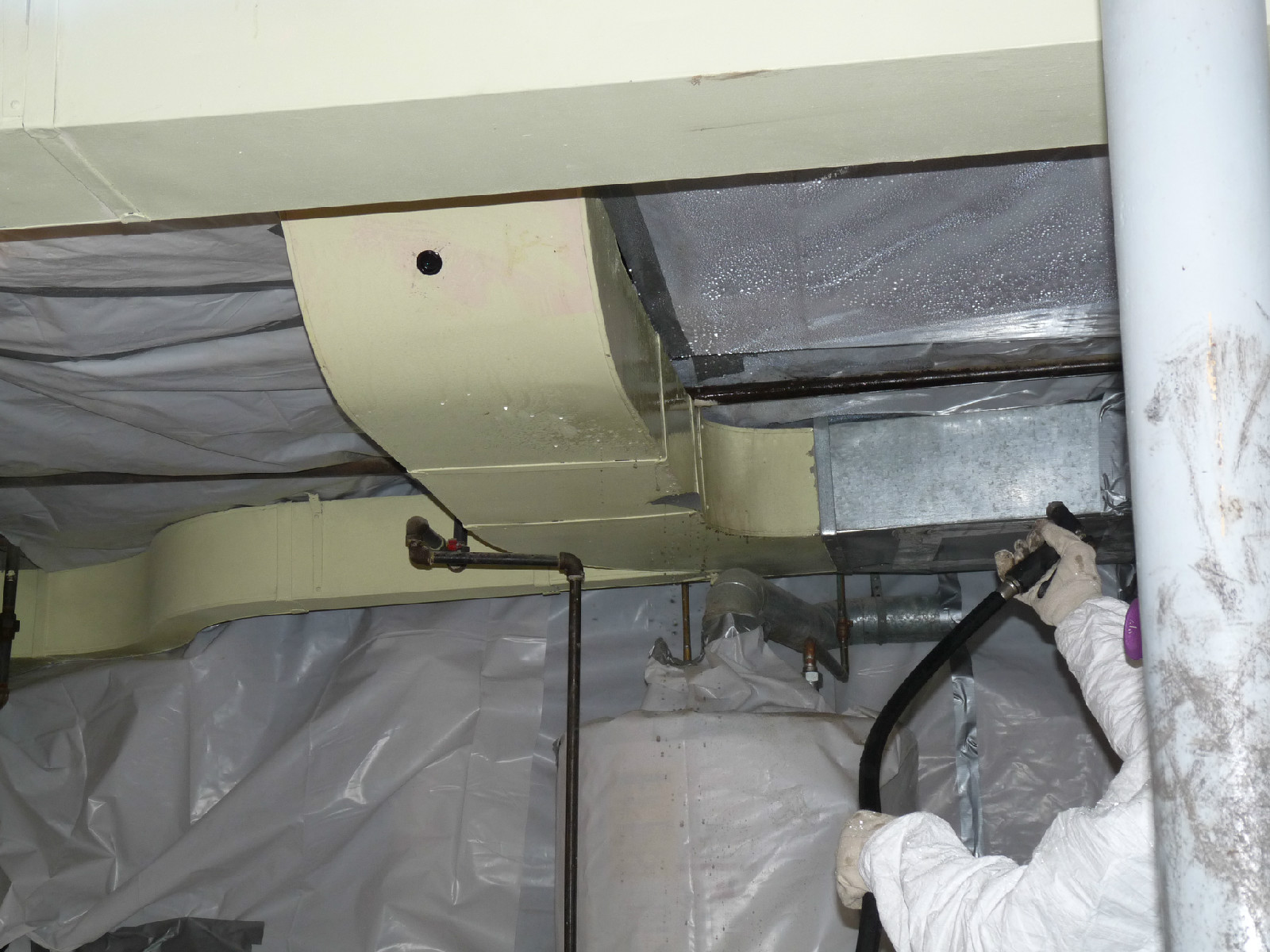Asbestos is a mineral that has been used in thousands of products over the last century for its insulating, acoustical and fire protective properties. But since the health hazards posed by its presence have been detected, the need to remove the asbestos has become crucial. Trained and certified companies handle the removal process—known as asbestos abatement.
Proper asbestos abatement entails several steps:
- Air samples are taken by technician from a reputable independent testing firm. Samples are taken both inside the work area and directly outside it, both prior to abatement and after it has been completed.
- A containment field is set up around the hazardous area, sealing it off from the rest of the building.
- Negative pressure machines are set up, tested, and continuously operated throughout abatement and remediation processes.
- Electrical and HVAC systems within the work area are disabled.
- Decontamination enclosure areas are created.
- Critical seals are placed over all openings.
- Objects that can’t be moved are HEPA vacuumed, wet wiped and sealed under plastic sheeting.
- Walls, ceilings and floors not being abated are sealed.
- Hazard/Asbestos notification signs are placed at entrances and exits.
- Inspection by Project Manager and/or Supervisors of pre-abatement containment conditions, followed by wait period to remove asbestos fibers already present in the air, before removal can begin.
- Abatement team changes into suits, masks, gloves, boots and respiratory protection, per OSHA requirements.
- Wet removal of asbestos using hand tools and starting from the top-down, removing the most friable (crumbling) materials first.
- Asbestos is placed in gooseneck secured waste bags and sealed, to be held in a waste decon unit, labeled and protected from the public, until the asbestos is disposed of off-site at a designated facility.
- In some instances, removal is not the only means of asbestos abatement. Asbestos and asbestos-bearing materials may be “enclosed” or “encapsulated” to prevent building occupants from being exposed to the fibers.

